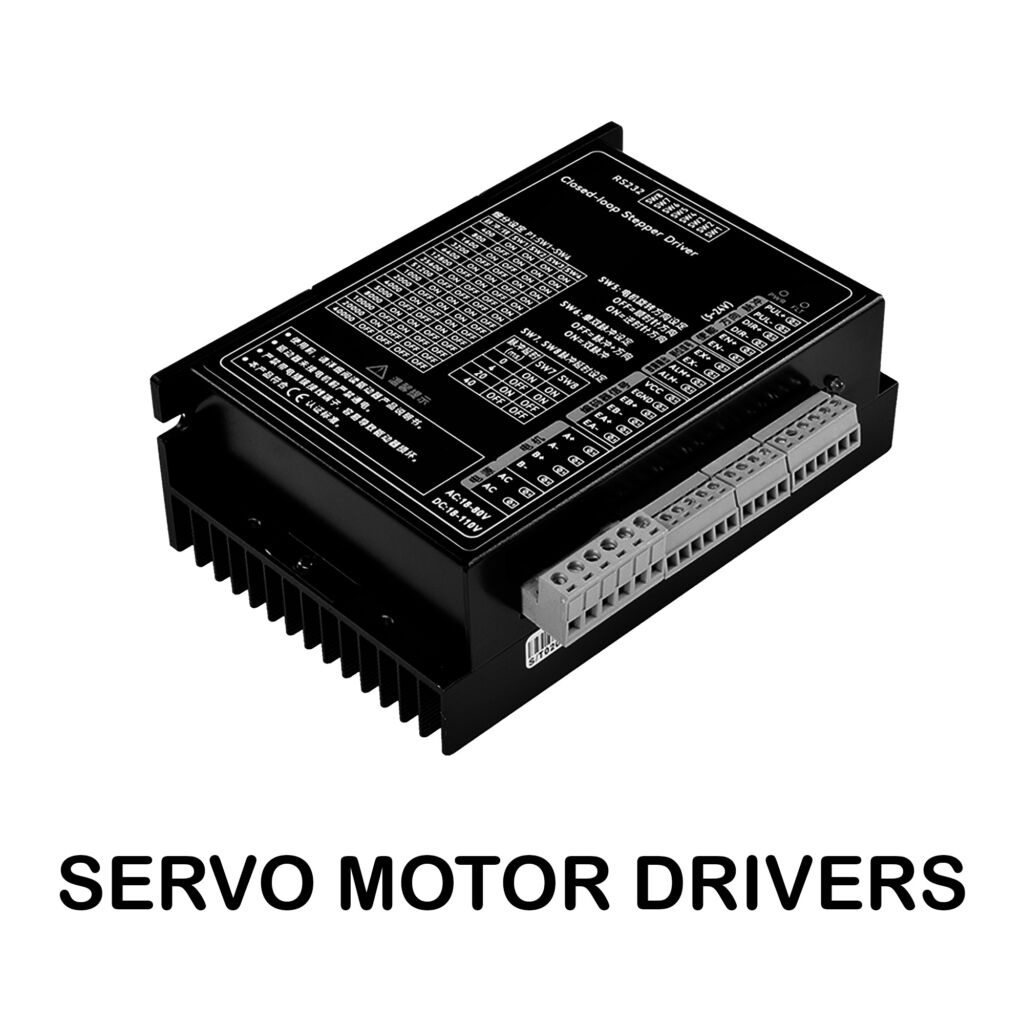
PCB Fault Detectors
PCB fault detection and board comparison are key steps while servicing equipment.
We have partnered up with Prot Ar-Ge, who designs and manufactures electronic-based projects such as FAult Detector and PC OScilloscope which are cost-effective and efficient tools that give in-depth knowledge about the various technical specifications of the board you intend to work on and further they determine and troubleshoot faults at all type electronic circuit boards. They are basically computer-based VI testers.
There are three products in this category – the FADOS7F1, FADOS9F1 and FADOS MUX
















